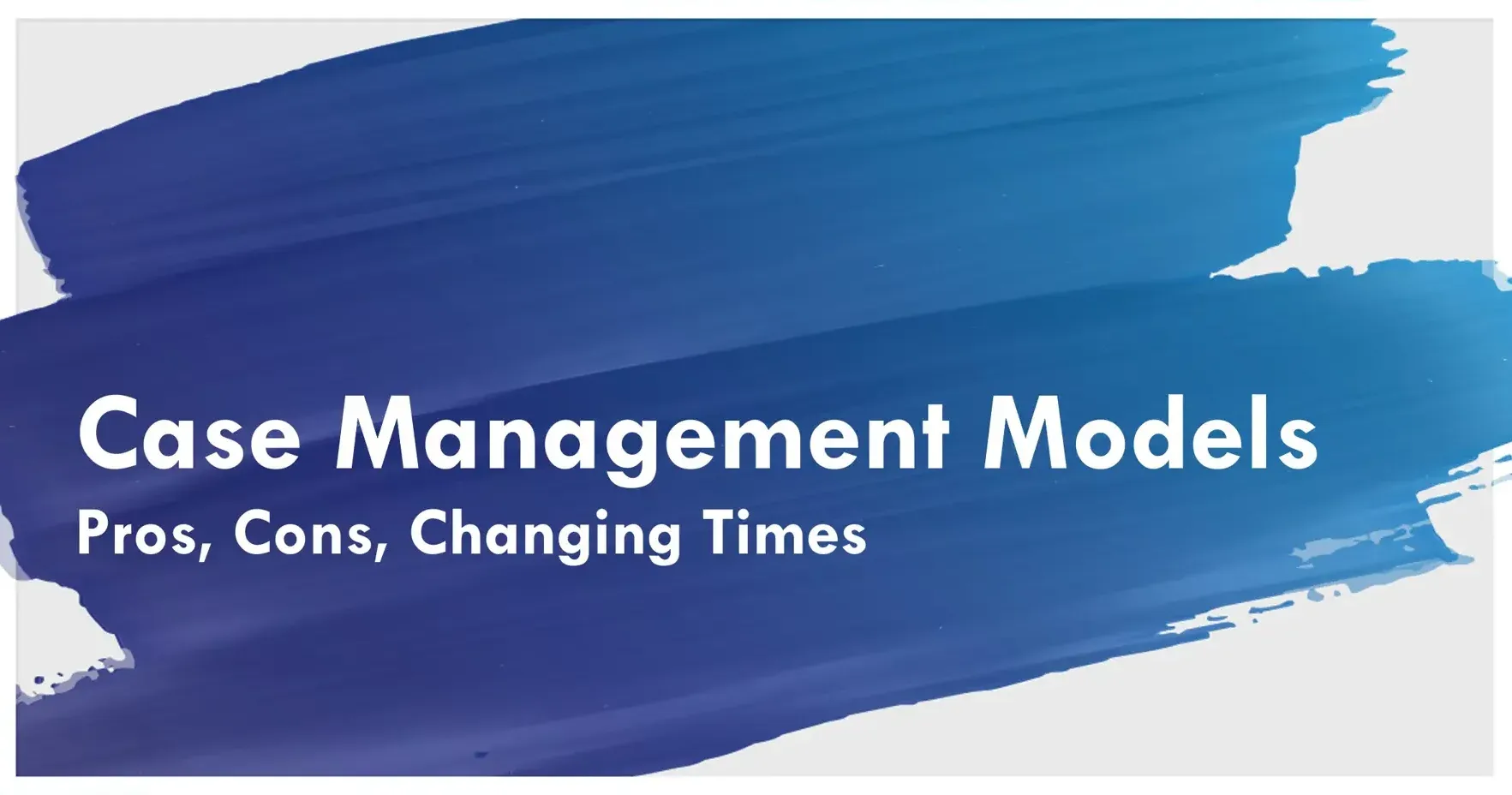Your hospital or health system’s case management model dictates important specifics in its operations. Whether your organization uses a dyad model, triad model, or something in between, that choice influences staffing ratios, review processes, technology needs, and much more.
With that in mind, the most important and relevant question for providers becomes clearer. How can each organization find the model that best serves their staff and their patients?
Leaders of health system case management explored this central question during a panel discussion as part of the XCHANGE 2020 virtual event.
While weighing each model’s pros and cons, it became clear that it’s not necessarily an either-or issue.
Taking a cue from one of our panelists, we turned this topic on its side and discovered it isn’t about which model is right.Rather, it’s about how you can tweak these models to make them more effective for your work environment, your patient population, and your organizational size.
How can you re-design your current case management model into one that will work for your specific needs inside your healthcare system? And does that solution maximize communication and collaboration?
One health system’s solution turned everything you thought you knew about the triad model in healthcare literally on its side. But before we explore that, we’ll look at the two most common models: dyad and triad.
The Two Models
One size does not fit all, so there is no perfect fit for each case management model. The chosen model can have a major influence on acute care case management, nursing case management, and much more, so it’s especially important to understand the fundamentals involved.
Panelists discussed the pros and cons of the models they use, and no matter the model, there was one common struggle they all still faced: communication.
Here’s a look at how each model works:
The Integrated (Dyad) Model in Healthcare
This model typically has a single manager (Nurse Case Manager) responsible for overseeing all three functions for a given patient. That includes UM, care coordination, and discharge planning. Smaller hospitals and healthcare systems favor this model.
The Collaborative (Triad) Model in Healthcare
This model traditionally assigns different case management functions to different managers. So, a case management department may have one RN handle utilization review, another coordinating care & discharge planning, and a social worker handling psychosocial assessments and high-risk discharges.
Larger hospitals and health systems favor this model, using specialized hospital case managers to focus on specific areas.
There are benefits to each hospital case management model, depending on the size of the hospital or healthcare system. However, the panelists agreed that communication and collaboration were obstacles they commonly faced. Silos often arise from differing reporting structures, unclear outcomes, downstream workloads, and more.
Thinking Sideways
Trying to find a better way for case management models to work is a big task to tackle. However, one simple act can be the catalyst for the change you need.
For Hillcrest HealthCare System, a moment of frustration about the continuous struggle of dealing with inefficient processes due to siloed communication was the trigger. That moment of change led to reimaging the triad model … sideways.
This case management model is called the Right Care Model, based on the five rights of resource management.
“The way the model is different than any other model is that it really takes a holistic approach to patients,” said Michelle Allen, Director of Case Management for Hillcrest Medical Center.
The results of implementing the Right Care Model? Hillcrest HealthCare saw a reduction in the length of stays, a drop in readmissions, and a significant spike in patient satisfaction.
But Hillcrest HealthCare says this model could not exist without the support of Xsolis and its CORTEX® UR technology platform, now known as Dragonfly. Because the model is labor-intensive, the artificial intelligence and machine learning Xsolis provides in driving the Utilization Review process is critical. These reliable automated processes are the backbone of the health system’s improved UR processes.
“We went live in June with Dragonfly and the team really liked this model of case management, but it was very manual,” shared Michelle. “So, going to the [Dragonfly] CORTEX platform has helped the team adapt easier and helped make this model work.”
Want to learn how to start a change in your organization successfully with Xsolis?
Watch the webinar recording for the full discussion.
Learn how Xsolis can help your hospital or health system adopt a more efficient case management model by requesting a Dragonfly consultation today.
